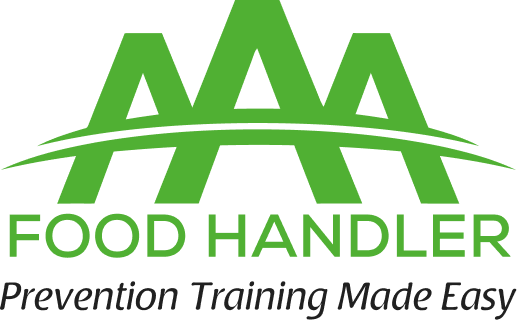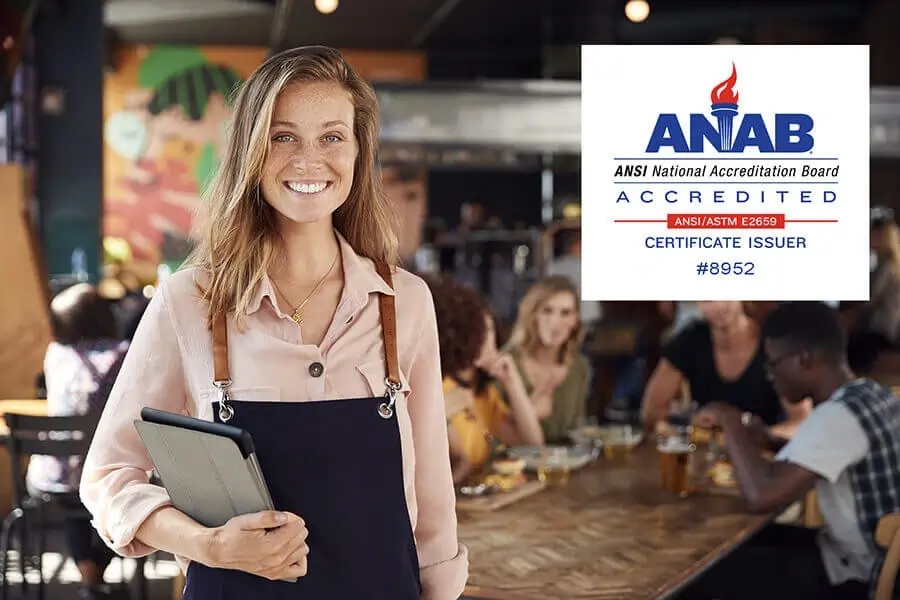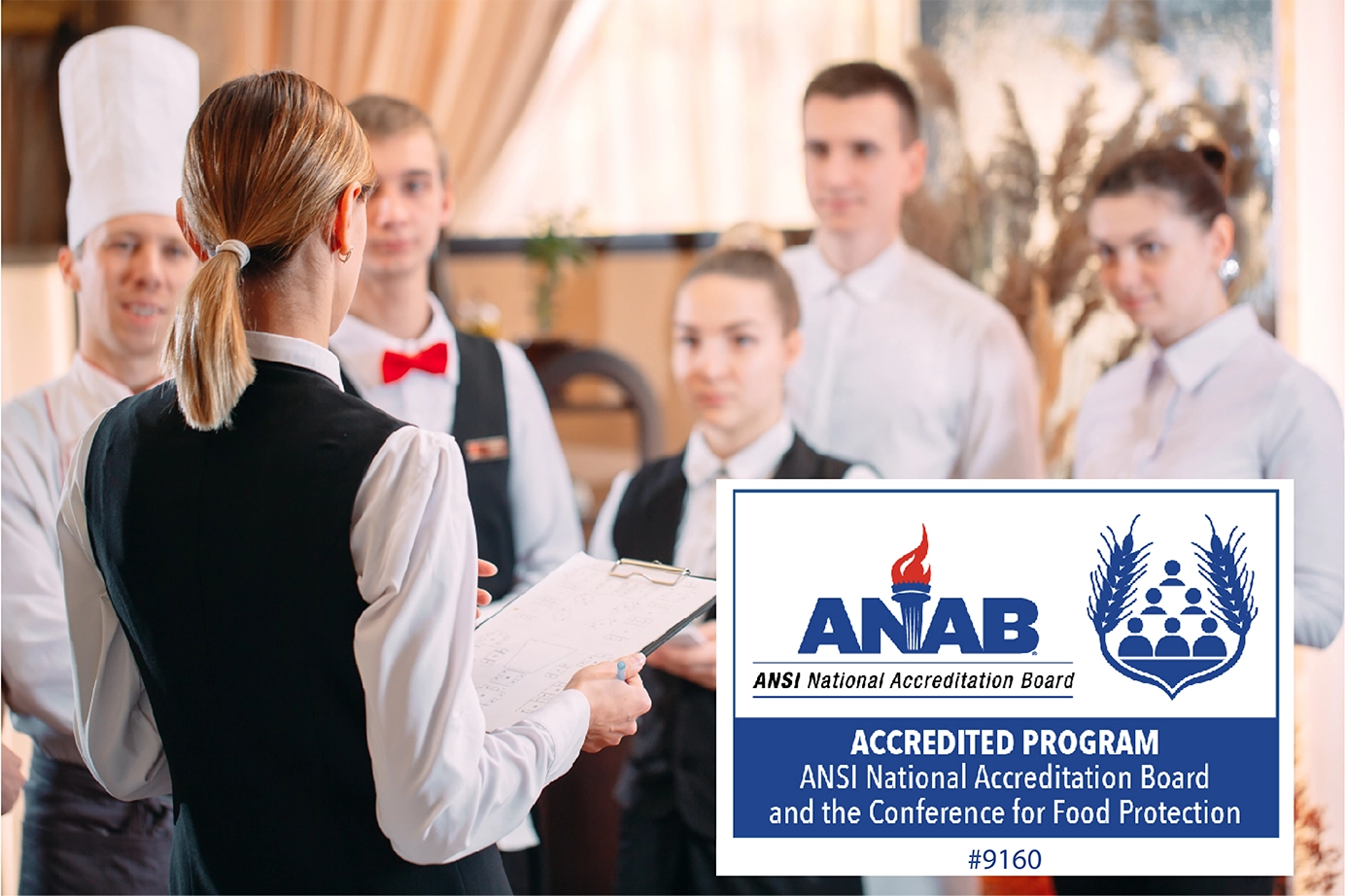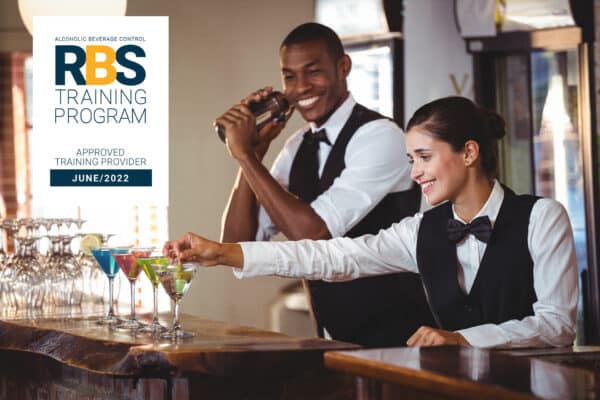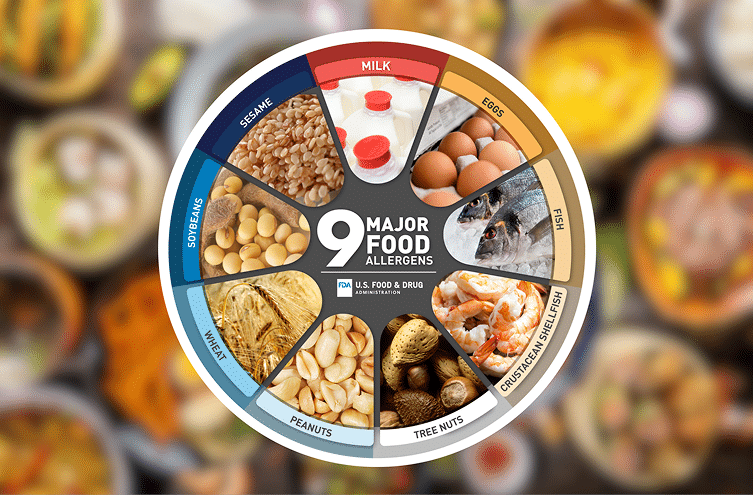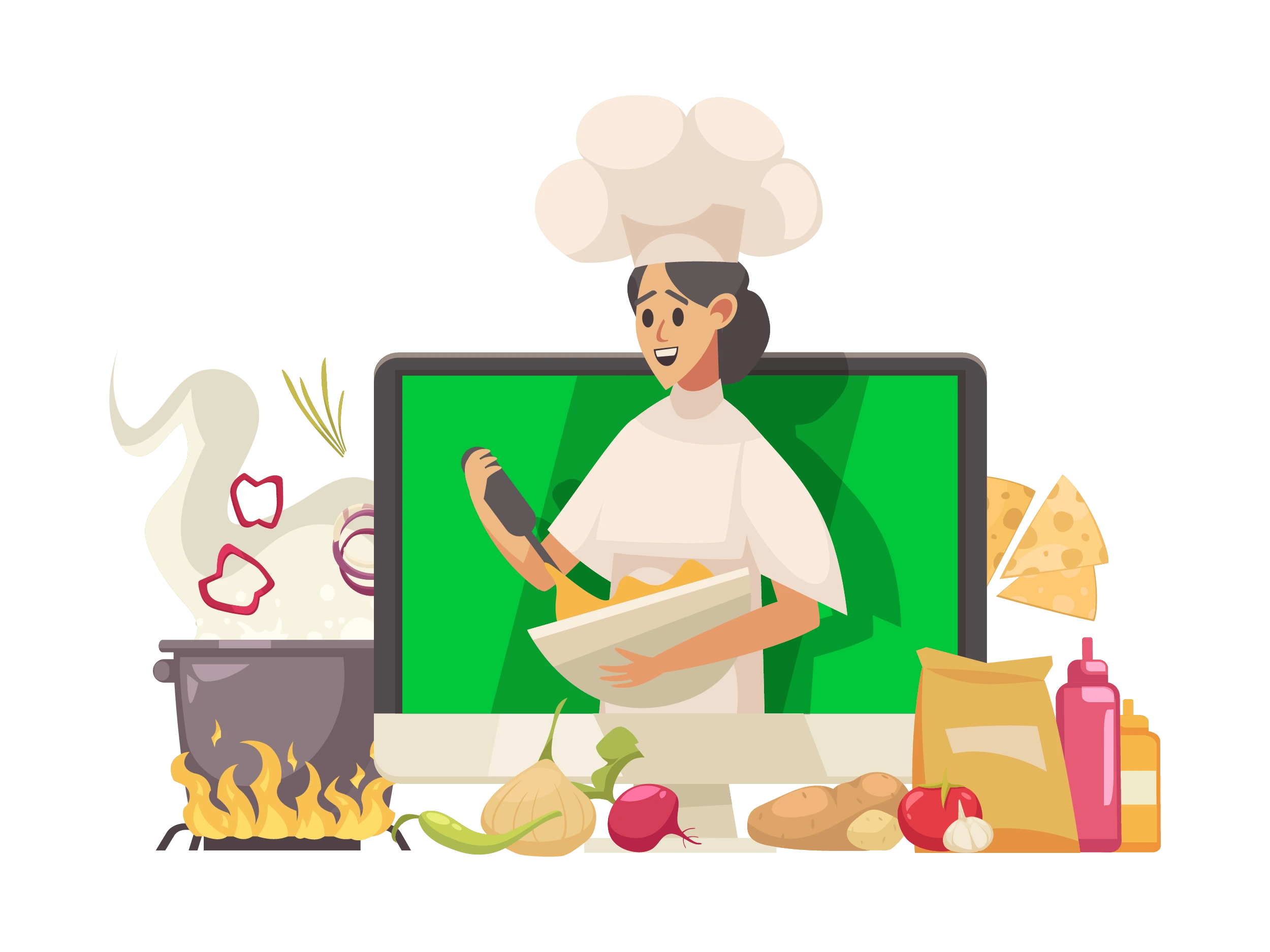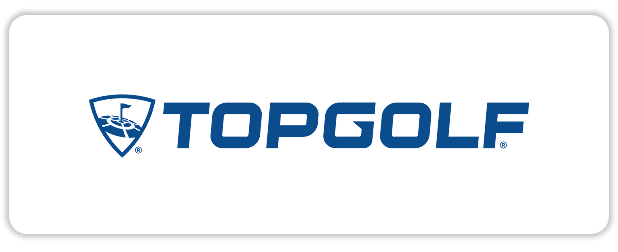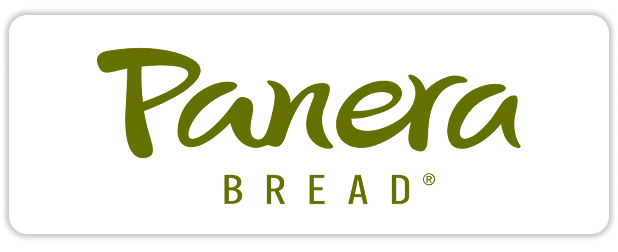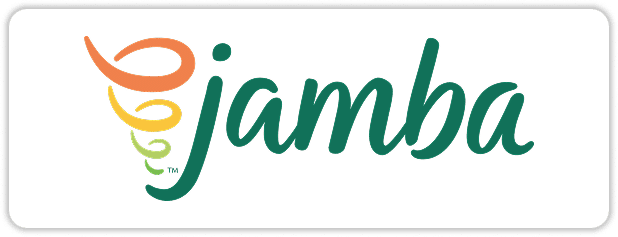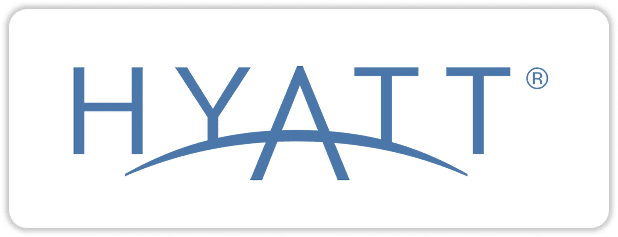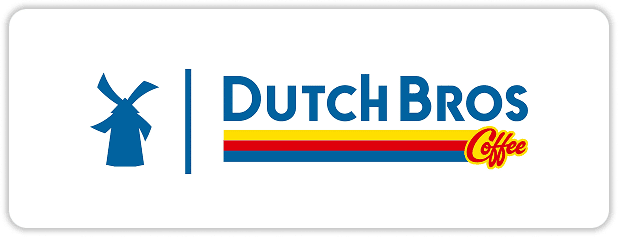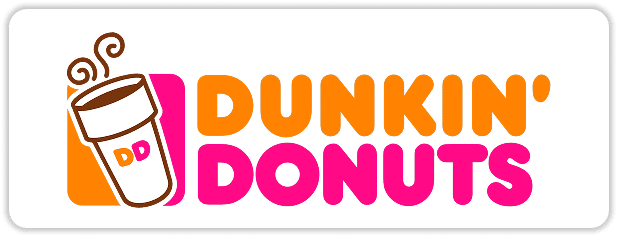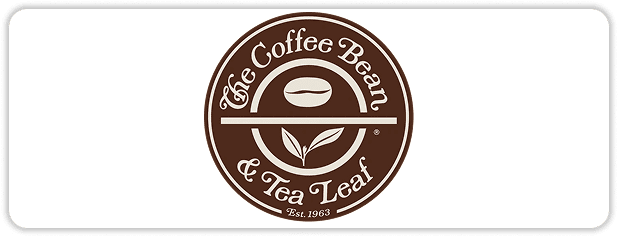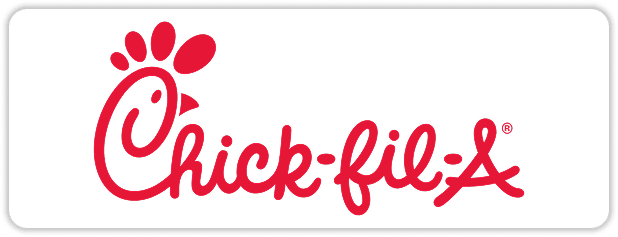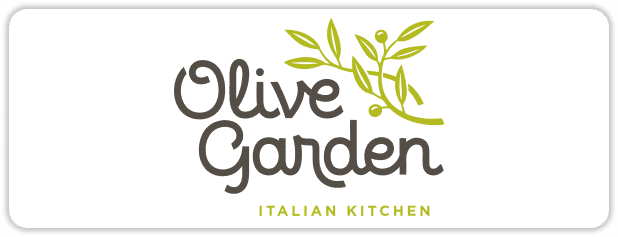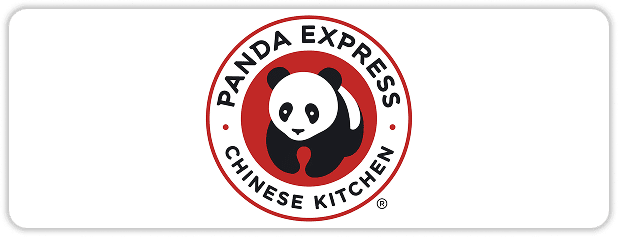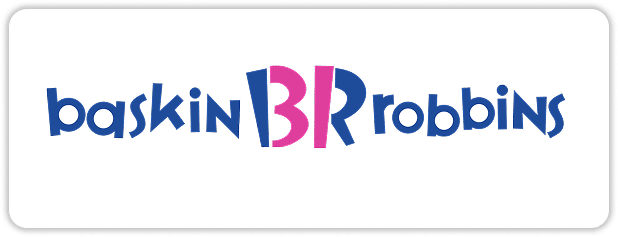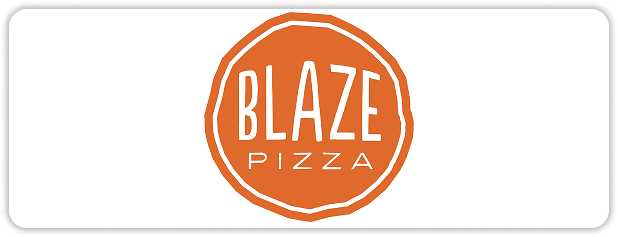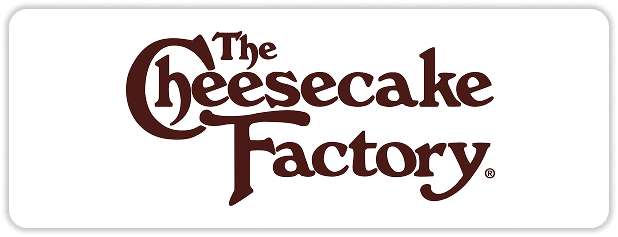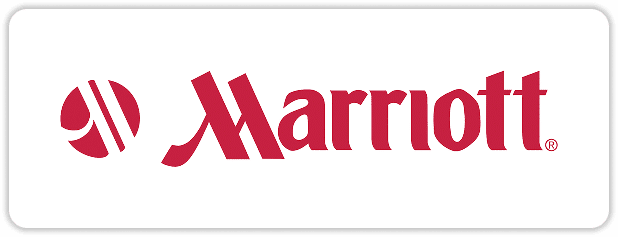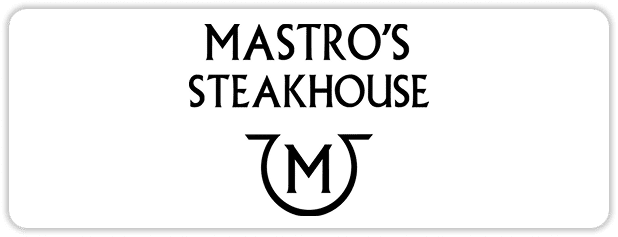
Proper Food Cooling: Mastering the Two Stage Cooling Method
Properly cooling cooked or hot-held foods is critical for food safety. Leaving food on the counter or putting large amounts straight into the fridge may seem convenient, but these methods can lead to the rapid growth of harmful bacteria. To prevent foodborne illnesses, food service professionals rely on the two stage cooling method, a proven and safe approach.
In this guide, we’ll break down what the two-stage cooling method is, why it’s essential, and the best practices to cool foods efficiently.
What is the Two-Stage Cooling Method?

The two-stage heat reduction method is a food safety practice designed to cool hot foods quickly through the temperature “danger zone,” which ranges from 41°F (5°C) to 135°F (57°C). Bacteria multiply fastest in this zone, so minimizing the time food spends here is crucial.
The method occurs in two stages:
- Stage 1: Chill hot food from 135°F (57°C) down to 70°F (21°C) within a two-hour period
- Stage 2: Continue cooling from 70°F (21°C) to 41°F (5°C) within four hours.
Total cooling time: No more than six hours.
⚠️ If food cannot reach 41°F (5°C) within six hours, it must be reheated to 165°F (74°C) and cooled again. This kills bacteria that may have grown during the cooling process.
Why the Two-Stage Heat Reduction Method Matters
Cooling food too slowly allows pathogens like Salmonella, E. coli, and Listeria to multiply. Improper cooling is a major contributor to foodborne illness outbreaks, especially in restaurants and catering operations.
Following the two-stage cooling method ensures:
- Foods are safe to consume
- Compliance with health regulations
- Reduced risk of foodborne illness outbreaks

How to Cool Foods Effectively
Even when following the two-stage method, certain techniques help foods cool faster and safely:
1. Use Shallow Pans
- Divide dense or liquid foods like soups, stews, casseroles, mashed potatoes, and rice into shallow pans (≤3 inches deep).
- Cut large pieces of meat or roasts into smaller portions to allow heat to escape faster.
2. Ice Water Baths
- Place containers of hot food in a sink or pot filled with ice water.
- Stir frequently to distribute heat evenly.
3. Ice Paddles
- Freeze water in a plastic paddle and use it to stir large batches of food.
- This rapidly cools the food from the inside out.
4. Blast Chillers
- High-powered machines that blow cold air across foods, cooling them very quickly.
- Ideal for large-scale food operations but more costly.
5. Adjust Liquids
- For soups, stocks, and brines, cook with less water and add cold water or ice after cooking to accelerate cooling.
6. Use Metal Containers
- Stainless steel pans cool foods faster than plastic because metal conducts heat more efficiently.
7. Cover Food Loosely
- Leave containers uncovered if there’s no risk of contamination.
- Otherwise, cover loosely to allow heat to escape while protecting food from airborne contaminants.
Monitoring and Documentation
- Always use a calibrated food thermometer to track cooling temperatures.
- Maintain a cooling log to document compliance. Health inspectors often request this during routine checks or in case of a foodborne illness investigation.
Safe Storage After Cooling
Once cooled to 41°F (5°C) or below, food must be stored safely:
- Refrigerate leftovers promptly
- Label containers with the food name, preparation date, and use-by date
- Follow the 7-day rule: consume, serve, or freeze leftovers within 7 days
Remember, refrigeration slows bacterial growth but does not stop it. Freezing halts growth but does not reset the 7-day rule if the food was previously refrigerated.
Common Mistakes to Avoid
- Leaving hot food on the counter
- Placing large amounts of hot food directly in the fridge
- Failing to monitor temperature or document cooling
- Ignoring the total 6-hour cooling window

Quick Reference: Two-Stage Cooling Timeline
| Stage | Temperature Range | Maximum Time |
|---|---|---|
| Stage 1 | 135°F → 70°F (57°C → 21°C) | 2 hours |
| Stage 2 | 70°F → 41°F (21°C → 5°C) | 4 hours |
| Total | 135°F → 41°F (57°C → 5°C) | 6 hours |
Bottom Line
The two-stage heat reduction method is a simple yet critical step to keep food safe. By cooling foods in two stages, using proper techniques like shallow pans, ice baths, or blast chillers, and documenting the process, you can prevent foodborne illnesses and comply with safety standards.
Safe cooling + proper storage = delicious, safe food every time.
